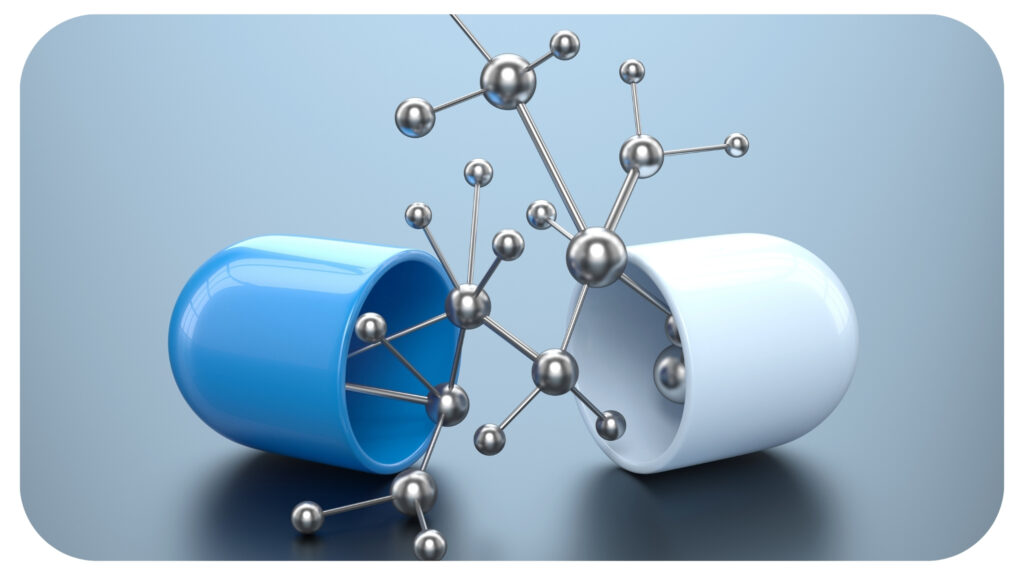How Nanotechnology is Transforming Healthcare
This post was last updated on December 9th, 2024

The engineering of functional systems at the nanoscale, usually between 1 and 100 nanometers, is the focus of nanotechnology. One billionth of a meter amounts to one nanometer, to put this into context. This discipline has evolved considerably since its concept started in the late 1950s, due to the desire to alter atoms and molecules to create new materials and devices. These days, the field of nanotechnology is broad and covers physics, engineering, chemistry, and biology.
Do you know who invented nanotechnology? The physicist Richard Feynman has been credited with creating the term “nanotechnology.” During his famous 1959 speech titled “There’s Plenty of Room at the Bottom,” Feynman talked about possibilities for changing and controlling individual atoms and molecules.
If science fiction was the sole form to use nanotechnology, it is now widely acknowledged that it may be used to build devices and machines thousands of times smaller than a human hair. The rise of nanotechnology has already completely changed many industries, including consumer electronics, the manufacturing of fabrics, and the cosmetics industry, by offering up new products and methods at the nanoscale. You can learn nanotechnology in dermatology. Nanotechnology plays a vital role in dermatology.
Transforming Healthcare by nanotechnology
- Drug Delivery Systems
Drug distribution is one of the most intriguing uses of nanotechnology in healthcare. Conventional drug delivery techniques often produce poor solubility, stability problems, and non-specific dispersion, among other drawbacks. Targeted drug delivery methods are made possible by nanotechnology, which resolves these issues.
By directly delivering treatments to sick cells through nanoparticles, these technologies improve therapeutic results and minimize side effects. For example, medications can be designed into nanoparticles so that they release in answer to particular biological stimuli, which allows for dosing and timing of medication.
- Cancer Treatment Innovations
Thanks to nanotechnology, incredible progress has been made in the treatment of cancer.
With great accuracy, cancer cells can be attacked and eradicated with nanoparticles, minimizing damage to nearby healthy tissue. The application of heat to cancer cells using gold nanoparticles is one effective method that kills the cells without harming nearby cells. Future even more potent treatments are being planned as research on novel applications of nanotechnology for early cancer detection and treatments carries on.
- Regenerative Medicine
Nanotechnology is also becoming more and more popular in healthcare, especially for tissue engineering and organ regeneration. By replicating interfacial structures present in nature, nanomaterials can provide a framework that encourages tissue repair and cell growth.
With a capacity to repair damaged tissues and organs, this process may provide patients who have long-term injuries or organ failure hope.
- Diagnostics and Imaging
Early and more precise illness verification is made achievable by advances made in diagnostic and imaging procedures by nanotechnology. Nanoparticles can be used as contrast agents in imaging technologies, such as CT and MRI scans, to provide more crisp, greater-fidelity images. Also, early sickness verification is made easy by the use of nanosensors to identify markers at the lowest levels.
- Nanorobots in Surgery
The thought of nanorobots doing surgery within human bodies may sound like a fantasy, but it’s close to reality. These tiny devices may carry out delicate treatments with the least amount of invasiveness by traveling through the bloodstream. Nanorobots have the potential to greatly enhance surgical results and recovery. periods by removing blockages within blood arteries, repairing tissues, and sending pharmaceuticals.
- Smart pills and nanobots are changing diagnosis.
Because they are cheaper as well as convenient, medical diagnostics can be greatly enhanced by nanotechnologies. “Smart pills” are an excellent instance of this, as they let patients and physicians monitor an astounding array of illnesses. The condition that a smart pill is intended to treat or diagnose will determine how it functions. Smart tablets often use nanoscale sensors, which are supposed to identify disease long before a patient may notice any symptoms.
Conclusion
Science is a dynamic field. The creation of nanotechnology is intriguing as well as fascinating since it barely scratches the tip of the iceberg. Businesses that utilize this cutting-edge knowledge, notably those in the medical sector, will produce solutions that are readily accessible and add to a better world. Hire the proper scientists first, then grow your network of engineers. The ability and improvement that a team may make in the scientific domain will only be encouraged by workplace diversity.
Most Inside
Most Inside offers high-quality recommendations and valuable updates to enhance all aspects of your life, providing premium guidance and enriching experiences.




